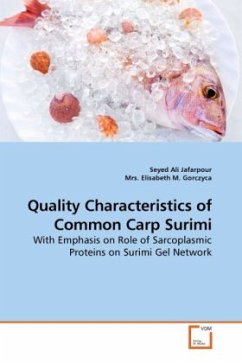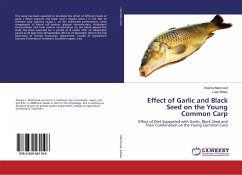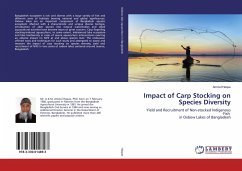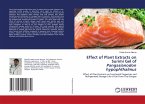This research project investigated the possibility of using female common carp (Cyprinus carpio) fillets as a raw material for making surimi and evaluating its textural characteristics compared to the two commercial types, Alaska pollock and threadfin bream.The reason for choosing common carp for this project was because carp is common, little exploited, and has a reputation in Australia as a poor quality seafood source, therefore, a transformed product such as surimi has a better chance of acceptance in the market. Also carp is seen as a threat to both native fish species and to river ecosystems. Government, the public and media believe that carp are guilty of eating and destroying water plants, spreading diseases and parasites, causing bank erosion, reducing the number of macro invertebrates, decreasing macrophyte, biomass and diversity, reducing the number and diversity of native fish, causing algal bloom, turbidity and siltation, undermining trees, creating poor recreational conditions, damaging irrigation infrastructure, and destroying rice crops.
Bitte wählen Sie Ihr Anliegen aus.
Rechnungen
Retourenschein anfordern
Bestellstatus
Storno








